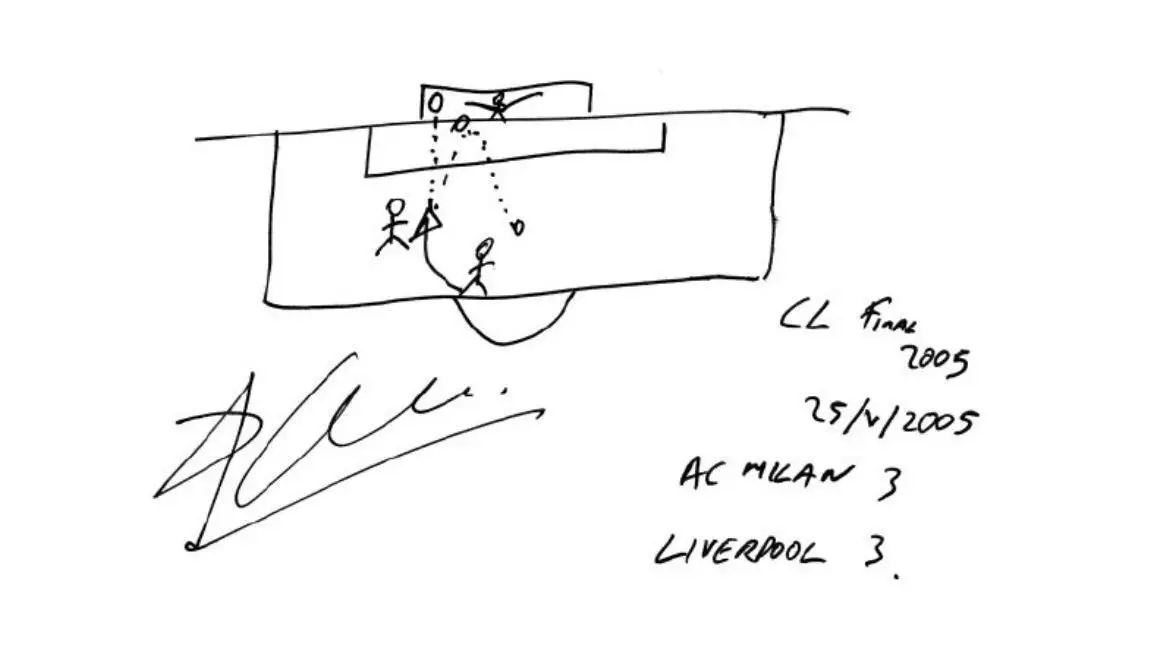In the realm of football, beauty often lies not just in the slick passing moves or the precision of a well-timed tackle, but predominantly in the thrilling artistry of scoring goals. It is in these moments when the crowd erupts, the players celebrate, and the memories become practically immortal. The significance of scoring in football transcends statistics; every goal embodies a story, a moment of genius that can alter the fate of matches or championships. It is this fascinating intersection of sport, storytelling, and artistry that draws the attention of Javier Cáceres, a German football journalist whose book, “Tore Wie Gemalt” (“Goals as Portraits”), encapsulates some of football’s most iconic goals, as envisioned by the legends who scored them.
Cáceres’ journey into this uncharted territory began sans a grand philosophical intention; he merely sought to enlighten the conversation during interviews with football greats. His project sprouted from a casual yet insightful encounter with Leonel Sánchez, a former Chilean international. When asked about a famous goal from the 1962 World Cup, Sánchez turned to a simple notepad and sketched it out. This spontaneous act revealed more than just a depiction of a goal—it transformed the dynamics of their discussion, revealing the profound emotional connections players have with their past. Through the rediscovery of moments painted in strokes of pencil, Cáceres found a medium to bring these stories to life. It crystallizes the idea that every football goal has an untold narrative that deserves to be remembered.
Among the illustrious sketches captured in “Tore Wie Gemalt,” one can find the memorable strike from Jorge Valdano, who helped seal Argentina’s fate in the 1986 World Cup final with a goal assisted by the legendary Diego Maradona. Valdano’s reflection on this pivotal moment reached deeper than the scoreboard; it encompassed the significance of football as cultural fabric. Valdano emphasized that every goal has its unique history, and when players recount their moments of glory, they often unveil layers of emotion intertwined with personal and collective narratives. His visual representation not only illustrates the on-field execution but captures the essence of competition at its peak.
Not every drafter follows a traditional artistic style. For instance, Pep Guardiola’s technical mind can be seen in his detailed representation of his goal against Atlético Madrid. Interestingly, Guardiola is not known for his goal-scoring yet still provides a meticulous outline, revealing his deep understanding of football mechanics. Contrastingly, Xavi Hernández approached his recollection of scoring a lob over Iker Casillas with a freer artistic expression, depicting the chaotic and exhilarating nature of such a significant moment within the magical rivalry of El Clásico. These representations highlight the varied ways players interact with, and interpret, their performances—a reminder that football is fundamentally a personal journey, transposed onto a shared canvas.
Cáceres’ portfolio features not merely goals from the bygone eras but also includes reflections from contemporary stars. For example, Xabi Alonso sketched a key penalty from the memorable 2005 Champions League final, encapsulating the urgency and emotional weight attached to that pivotal moment. Additionally, Kai Havertz provided a glimpse into the modern game with a detailed sketch of the goal that crowned Chelsea as Champions League winners in 2021. This inclusion of varying eras serves to reflect how the significance of scoring proliferates, whether it’s retrieving legends from the past or celebrating present-day iconography.
Despite the rich tapestry of stories and sketches, Cáceres acknowledges missed opportunities with several iconic players, notably Diego Maradona and Johan Cruyff. The journalist’s recollections paint a vivid portrait of his near-encounters with Maradona, a testament to the magnetism that the footballing legend emanated, even in fleeting moments. Each snub transcended a simple request for a signature; it highlighted the unpredictability and surreal aspects of riding the wave of legends. The stories behind such missed opportunities remind us of the ephemeral nature of greatness and the relentless pursuit of preservation.
Cáceres’ “Tore Wie Gemalt” represents more than just a collection of goals; it is an intersection where the beauty of football meets art, memory, and personal history. By inviting footballers to capture their unforgettable moments through sketches, he stirs up heartfelt recollections, promoting a showcase of artistry that extends beyond the pitch. Football, at its core, is a narrative waiting to be illustrated, and Cáceres has found a compelling method to bring those stories to light, demonstrating that the game’s essence resides not only in the goals scored but in the vivid memories that follow.

Leave a Reply